At first glance, “Gospel Hymns Combined” seemed too minuscule to contain a complete set of hymns, let alone comprise a combination of several. Unlike typical hymnals, this tome fits in the palm of one’s hand—its unassuming appearance lending itself to the appeal of this little book of gospel hymns. But what was it about this pocket book that was so compelling that it should be donated to a coveted university archive? The absence of musical notation suggests the owner to be well versed in prayer, and the general disrepair of the book further suggests the owner’s reliance towards it. Perhaps not only because of the verbal text contained within it, but also perhaps because of some deeper personal value. I wanted to discover what value this booklet added to the Dickinson cannon as well as possibly to better understand how owner functioned in their own time through the state of their keepsake.
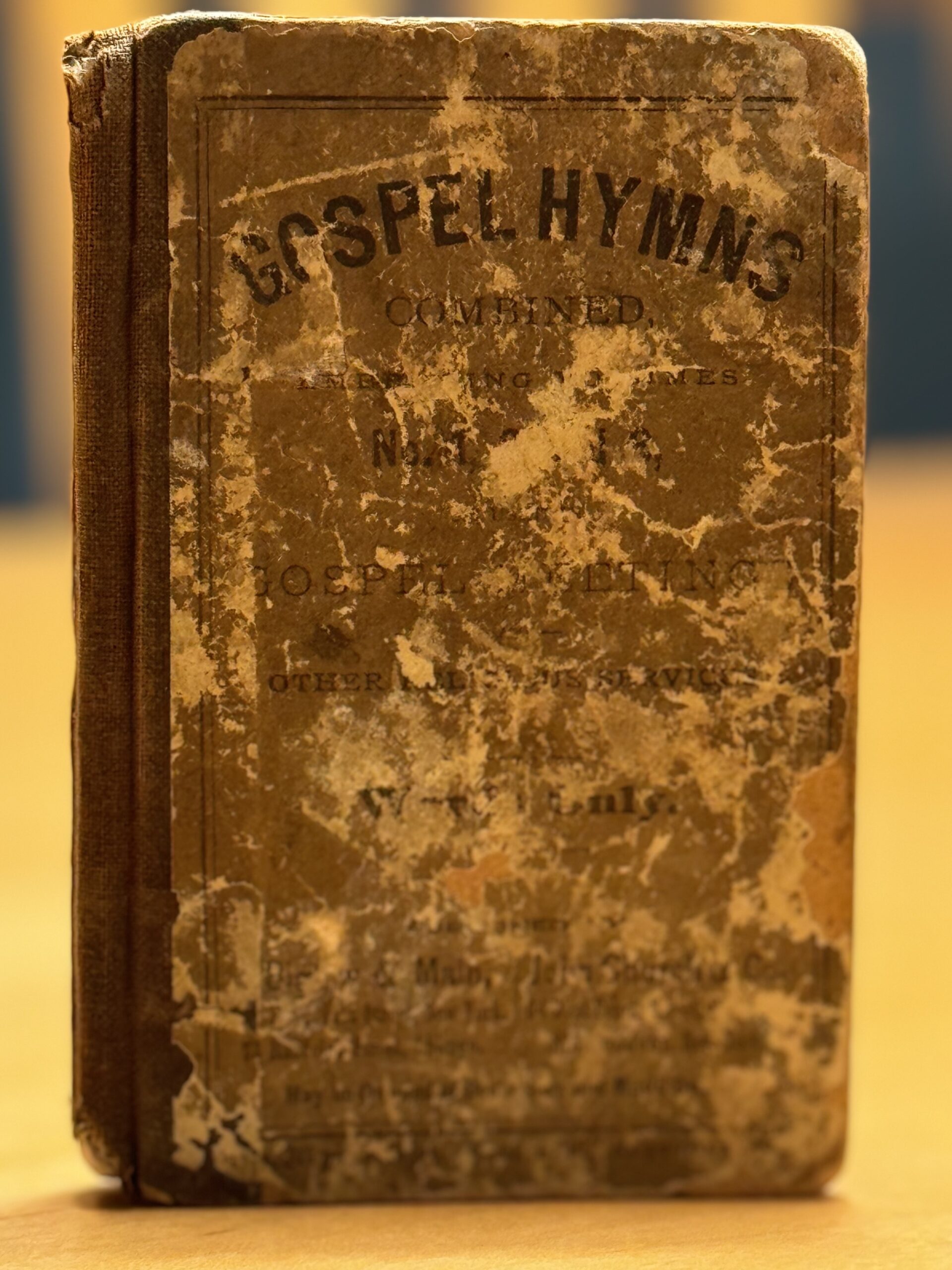
Figure 1: Degradation of the Cover page of “Gospel Hymns Combined”, 1879.
The cover of the book has been worn down by what appears to have been frequent use, as well as by lignin oxidation due to environmental exposure over its almost 150 years of life (figure 1). Furthermore, there is no title embroidered along its cloth spine. However, the title as transcribed on the dust jacket, which appears to be identical to what would be read on the cover, reads “Gospel Hymns Combined” (figure 2) followed by various subtext “Embracing Volumes No. 1,2 and 3, as used in Gospel Meetings –and– Other Religious Services. Words Only” (figure1). These texts appear in various fonts most likely to catch the eye of the casual passerby, just as we do today with the cover of magazines. Thus, it follows that perhaps this was a widely available book, produced in mass and offered for pennies on the dollar. This is confirmed on the back cover of the book which states its price being offered for both single sale as well as bulk sale (figure 3) marketed towards Sunday schools.
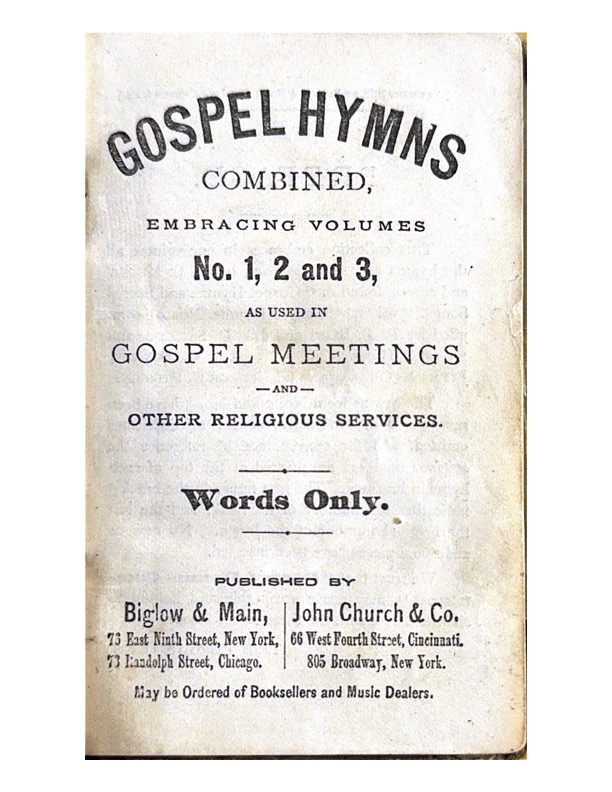
Figure 2: Legible Dust Jacket Title Page Including Full Title, Volume No., and Publishers Biglow & Main of New York and Chicago and John Church & Co. of New York and Cincinnati.
Listed above the preface sits the copyright date of 1879 (figure 4), making it a first edition copy, as printing of the first edition began in 1879. The book was published by Biglow & Main of New York and Chicago, with John Church & Co. of Cincinnati and New York (figure 2). While no editor is credited within the book, the hymns included in this book were compiled and written by D.L Moody, P. P. Bliss, Ira D. Sankey, James McGranahan, and George C. Stebbins (figure 2). Notably however, Rev. Robert Lowry, W. Howard Doane, and Ira D. Sankey were highlighted on the back cover of the book, suggesting a greater part in the organization of the collected volumes, with P. P. Bliss getting notable credit for his work in composing many of the included hymns (figure 3).
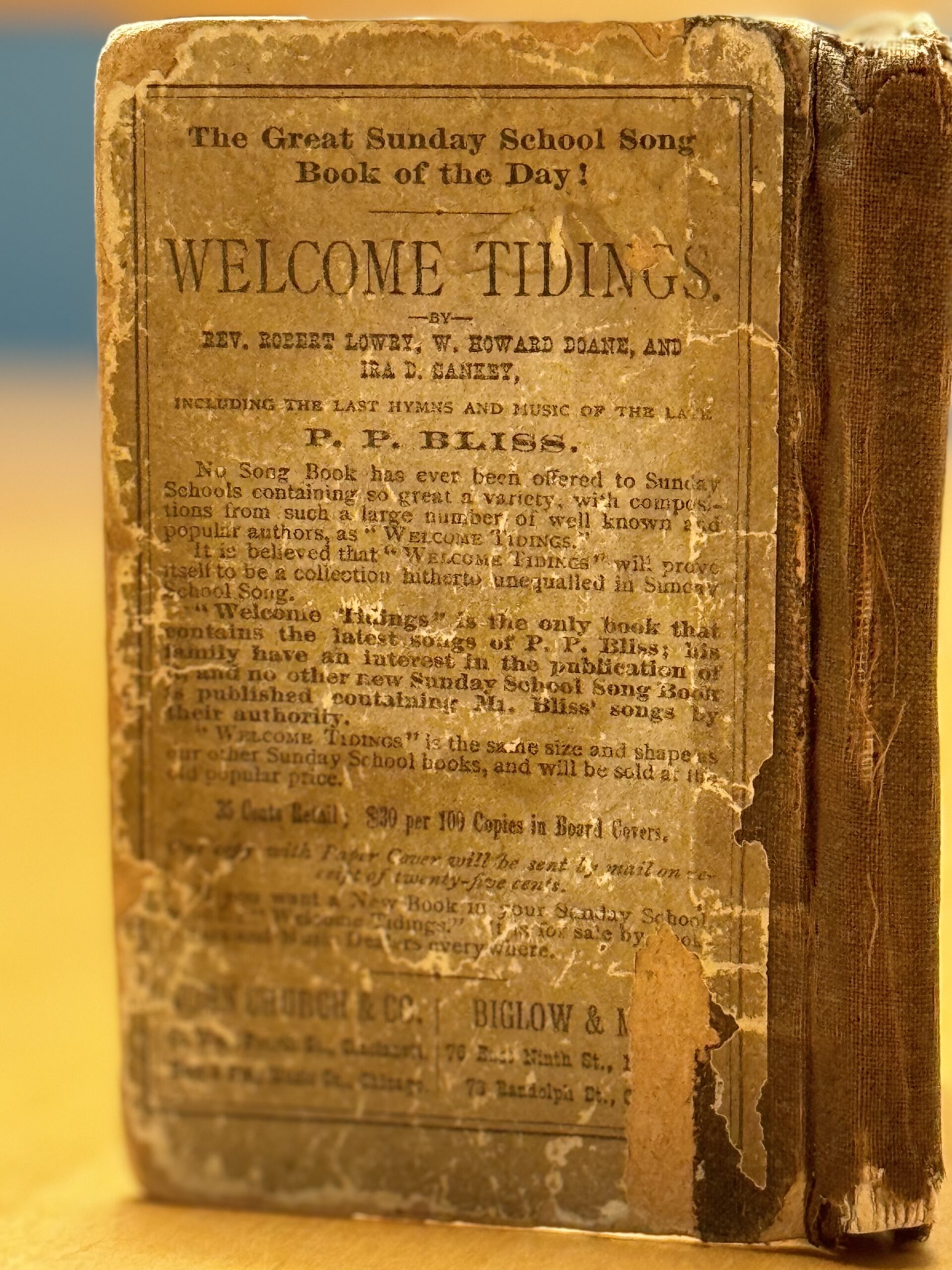
Figure 3: Back Cover of “Gospel Hymns Combined”. Among Listed Items are Contributors and Composers, Marketing, Publishers, and Prices.
The “Gospel Hymns Combined” has a total of 326 Hymns spanning 220 pages with a subsequent index section and is about 40 cm tall, 4 cm deep, and 20 cm wide, though there are no illustrations within the booklets pages despite its ample size. This may be because the paper is of low quality, which is easily discernible from the fragile nature and texture of the pages (figure 5). The pages have almost been fully oxidized and are very thin. Furthermore, hymnals are typically expensive, and the relative affordability of the little book (35¢) leads one to believe that the mass production of these booklets called for a large profit margin to be maintained, which would force the bookmakers to use cheaper paper to keep prices low. The book is bound in original boards, typical for the early 19th century (figure 6). However, because of the economical nature of this book, easily disposable boards were used with a paper jacket wrapped over the hardcover with the pages having been stitch-bound to the boards. Because of the sensational cover pages, the work utilizes several different fonts including Gothic No. 13, Modern/Scotch, Gothic No. 122, OS Extended, and Condensed No. 3, though the majority of the text is printed in Caslon.
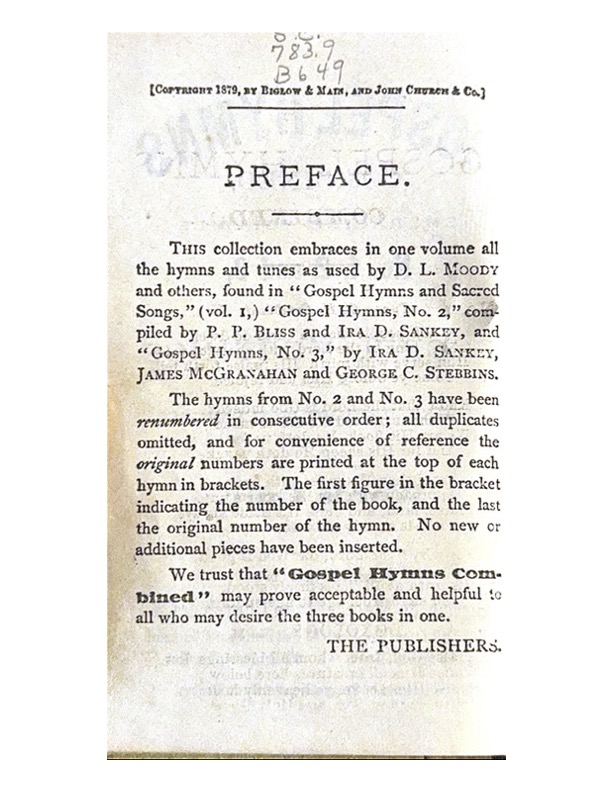
Figure 4: Preface Including Copyright and Notes from the Publishers
The front matter contains a plain preface (figure 4) which outlines how the book came into existence as well as an advance to the reader that they might enjoy and find useful the hymns contained. Before the preface, and even before the dust jacket, is a flyleaf with an indistinguishable note in extravagant handwriting followed by what appears to be the ornate signature and handwriting of the author (figure 7) suggesting the author was a teacher or reverend at a Sunday school. Moreover, the scribbles on the back cover and flyleaf suggest that at least once, this book was in the possession of a child, leading one to believe that the wear and tear could have been exacerbated by frequent handling by children. Furthermore, Within the pages are various stains, rips, tears, bumps and bruises which give the book some life.on page 213, there appears to be a dog ear on the top right of the page, which, if intentional, could suggest a favorite hymn of the owner (figure 8). Included in the book is a card tucked between the pages, added many years later, to indicate that this book was donated to the Dickinson College Archives by Dean George Alan.
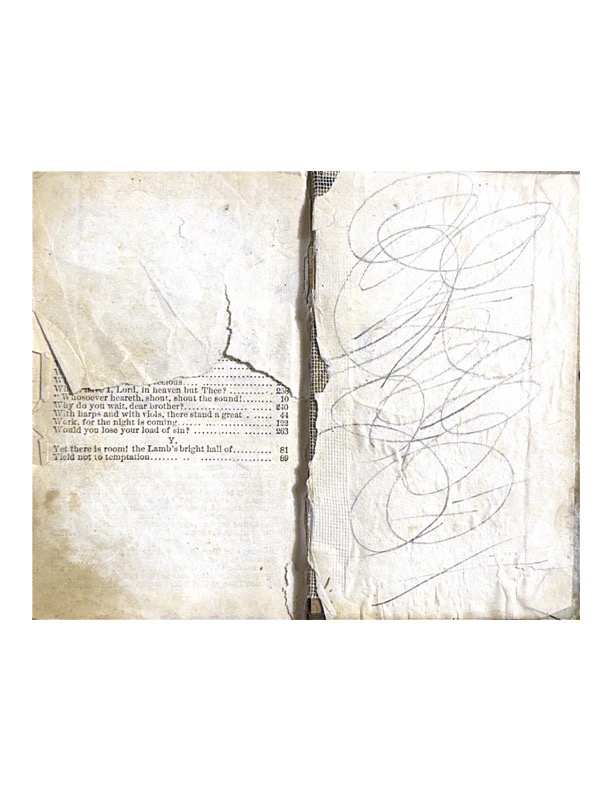
Figure 5: Back Cover and Back Flyleaf Damage Indicating Low Quality Paper
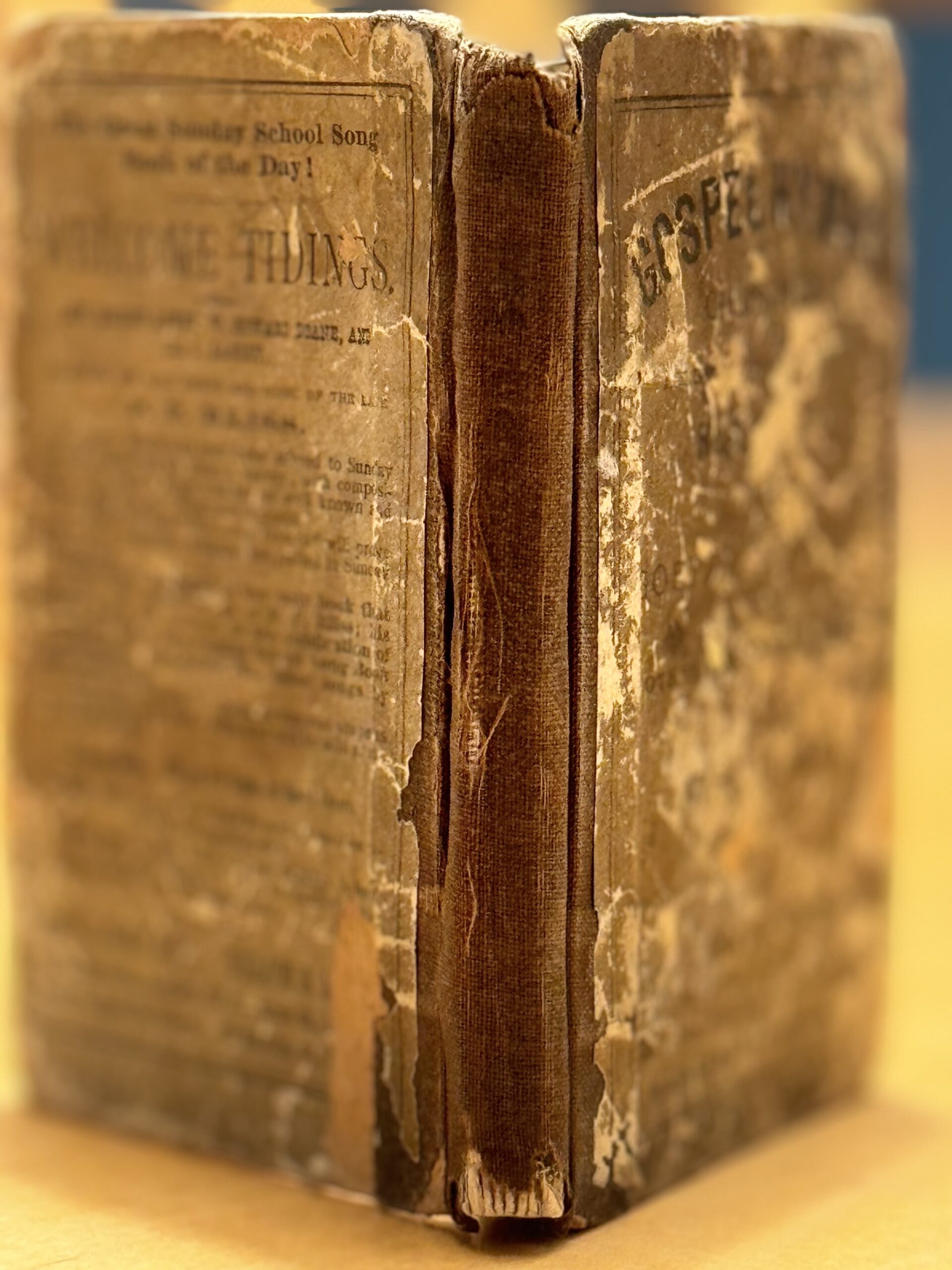
Figure 6: 1879 Binding Utilizing Original Boards, Hand Stitch-Binding, and Torn Paper Jacket
The book feels very personal to hold. It fits just about in the palm of one’s hand, making it feel more as an extension of one’s own body, as if you forget it is even there. The conventionality of the book’s design lends itself to this quality, which could be an intended purpose beyond its economical aspects. The book was intended for the reader to learn and eventually memorize its contents. The more one would use it, therefore, the less essential it becomes. It was meant to eventually become inconsequential to the reader.
The pages are laid out in sequential order beginning with the first hymn on page one with page numbers sitting in either the top left or right of the pages. The hymns are added one after the other in biblical fashion, with verses crossing over onto the subsequent page with a break between hymns indicated by a bold line. The first letter of each first word of every hymn is printed with a larger type face as was the custom.
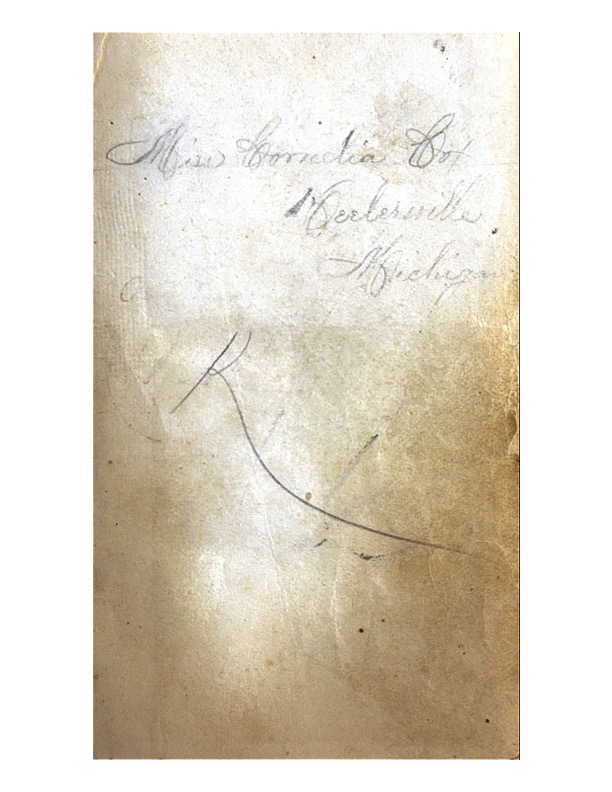
Figure 7: Possible Note and Signature from the Author.

Figure 8: Possible Intentional Dog Ear Suggesting a Reader’s Favorite Hymn.
Leave a Reply